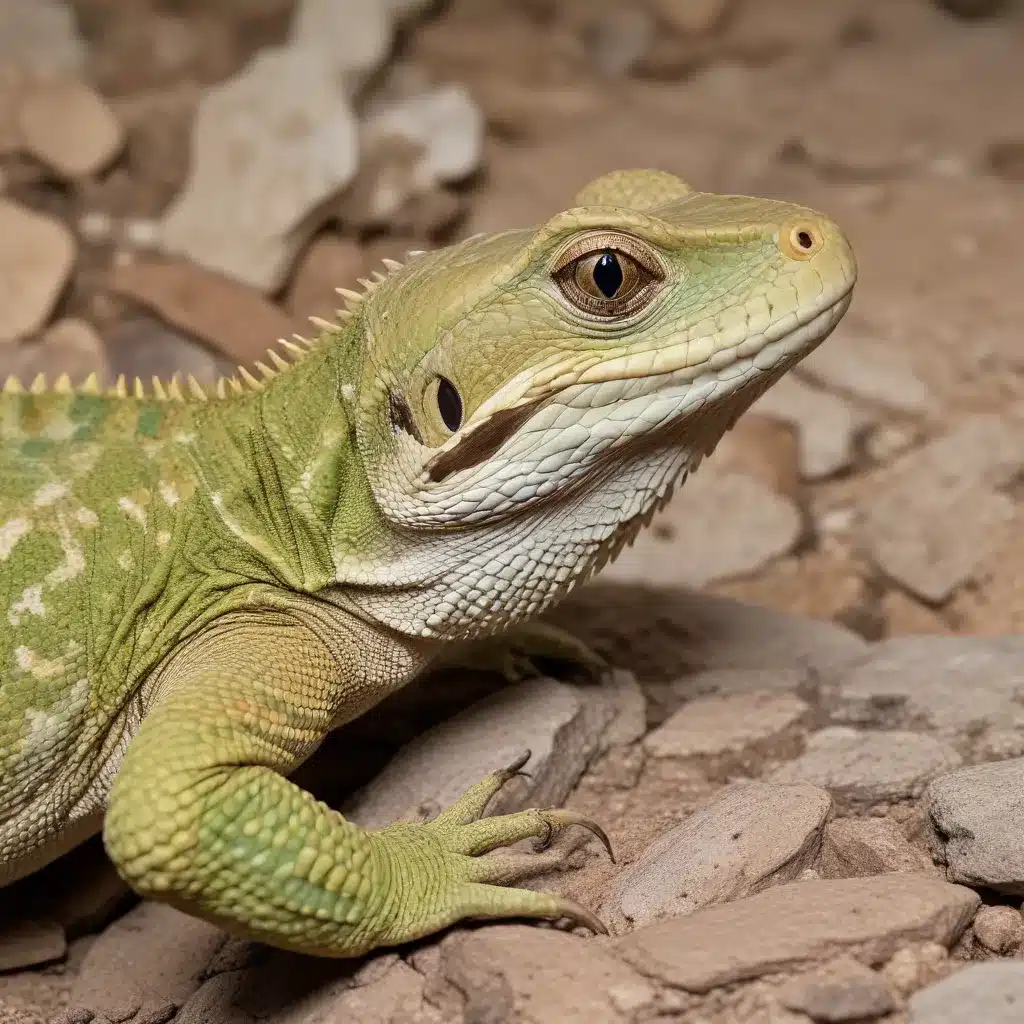
Understanding Reptile Behavior and Temperament
Reptiles are fascinating creatures with unique behavioral patterns and temperaments that can sometimes pose challenges for their owners. Recognizing and addressing these behaviors is crucial for maintaining the health and well-being of both the reptile and the human caretaker. This article will explore common behavioral issues in reptiles, provide strategies for promoting positive interactions, and discuss the importance of responsible reptile ownership.
Reptiles exhibit a wide range of behaviors, from basking and burrowing to aggressive displays and defensive posturing. Understanding the natural behaviors of different reptile species is the first step in addressing any challenges that may arise. For example, some species are known to be more skittish or defensive, while others may be more docile and approachable. Carefully researching the specific needs and temperament of the reptile species you are considering can help you make an informed decision and prepare for appropriate care and handling.
Addressing Common Behavioral Challenges
One of the most common behavioral challenges faced by reptile owners is aggression. Reptiles may become aggressive for various reasons, such as perceived threats, territorial disputes, or even during the breeding season. It is essential to recognize the signs of aggression, such as hissing, lunging, or biting, and respond appropriately. Providing the reptile with a secure and stress-free environment, minimizing handling, and introducing new objects or people slowly can help mitigate aggressive behavior.
Another common issue is stress-related behaviors, such as excessive hiding, loss of appetite, or changes in activity levels. Reptiles are sensitive to environmental factors, and sudden changes in their enclosure, routine, or caretakers can cause significant stress. Ensuring that the reptile’s habitat is properly maintained, with appropriate lighting, temperature, and humidity levels, can go a long way in reducing stress and promoting overall well-being.
Captive-bred reptiles may also exhibit natural behaviors that may be perceived as problematic, such as digging, climbing, or attempting to escape their enclosures. Understanding these innate behaviors and providing appropriate enrichment and enclosure design can help redirect these behaviors in a positive manner. For example, incorporating hiding spots, substrate for burrowing, and vertical climbing structures can satisfy the reptile’s natural instincts while keeping it safe and secure.
Promoting Positive Reptile-Human Interaction Strategies
Fostering positive interactions between reptiles and their human caretakers is crucial for the well-being of both parties. Gentle and consistent handling, combined with patience and understanding, can help build trust and reduce stress in the reptile. It is essential to avoid sudden movements, loud noises, or other stimuli that may startle or frighten the animal.
Positive reinforcement training can be an effective way to condition reptiles to tolerate and even enjoy human interaction. This may involve using food rewards or other motivators to encourage desired behaviors, such as coming to the front of the enclosure or allowing gentle handling. Consistently practicing these techniques can help the reptile associate human interaction with positive experiences, leading to a more relaxed and cooperative animal.
Another important aspect of promoting positive reptile-human interaction is providing appropriate enrichment and stimulation within the enclosure. Offering a variety of hiding spots, climbing structures, and interactive toys can help satisfy the reptile’s natural behaviors and reduce the likelihood of stress-related issues. Regularly rotating or introducing new elements to the enclosure can also keep the reptile engaged and prevent boredom.
Legal Considerations and Responsible Reptile Ownership
Responsible reptile ownership also involves understanding and complying with relevant laws and regulations. Depending on the species, location, and intended use (e.g., pet, breeding, or commercial sale), there may be specific licensing, permitting, or reporting requirements that must be met. Familiarizing yourself with these guidelines and ensuring that you are in full compliance is essential for the well-being of both the reptile and the owner.
When it comes to the sale or breeding of exotic reptiles, it is crucial to adhere to all applicable laws and regulations. This may include obtaining the necessary permits, maintaining detailed records, and ensuring the health and welfare of the animals. Reputable breeders and sellers should be transparent about their practices and provide potential buyers with comprehensive information about the reptile’s care requirements, temperament, and legal status.
By understanding reptile behavior, promoting positive interactions, and upholding legal responsibilities, reptile enthusiasts can ensure the long-term health and well-being of these fascinating creatures. Responsible reptile ownership not only benefits the animals but also fosters a community of informed and ethical caretakers. Ultimately, this approach contributes to the conservation and appreciation of exotic reptiles, allowing for their continued presence in our lives and in the natural world.
Reptile Species Comparison
To better understand the diverse range of reptile species and their unique care requirements, consider the following comparison table:
| Reptile Species | Care Difficulty | Typical Lifespan | Temperament | Habitat Requirements |
|---|---|---|---|---|
| Bearded Dragon | Moderate | 10-15 years | Docile | Warm, dry enclosure |
| Ball Python | Easy | 20-30 years | Shy | Humid, hide-rich |
| Red-Eared Slider | Moderate | 20-40 years | Calm | Aquatic, basking area |
| Leopard Gecko | Easy | 15-20 years | Handleable | Warm, arid enclosure |
| Green Iguana | Difficult | 15-20 years | Aggressive | Large, temperature-controlled |
This table provides a general overview of several popular reptile species, highlighting key aspects such as care difficulty, lifespan, temperament, and habitat requirements. It can serve as a useful reference for individuals interested in exotic reptile ownership and help guide informed decision-making.
Conclusion
Addressing common behavioral challenges and promoting positive reptile-human interaction strategies are essential for the well-being of both the reptile and its caretaker. By understanding the unique behaviors and temperaments of different reptile species, providing appropriate environmental conditions, and engaging in responsible ownership practices, reptile enthusiasts can foster a harmonious and rewarding relationship with these fascinating creatures. Remember to always prioritize the reptile’s health, safety, and legal requirements, and be prepared to adapt your approach as you learn and grow together.
For more information on exotic reptiles and responsible ownership, please visit exoticreptilesforsale.com.

